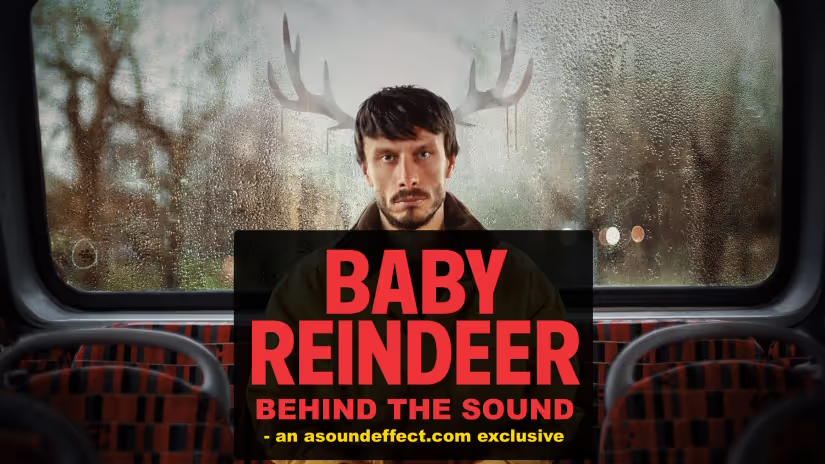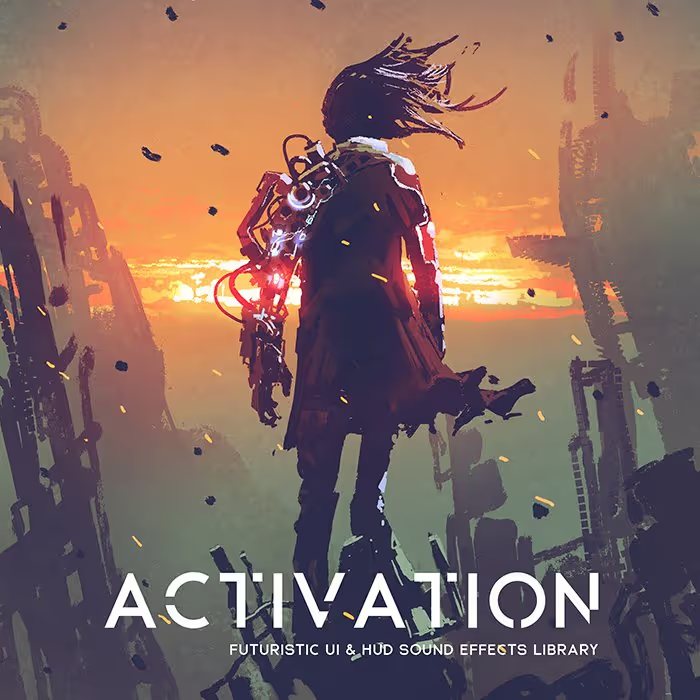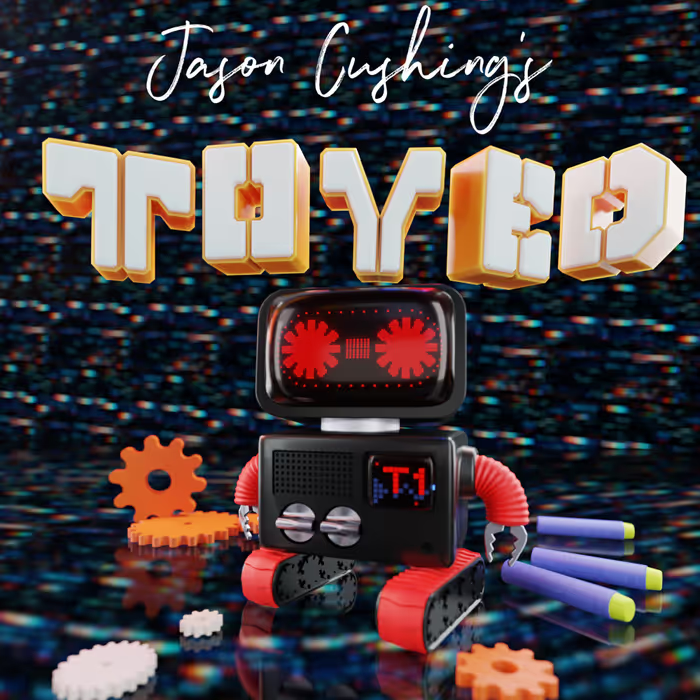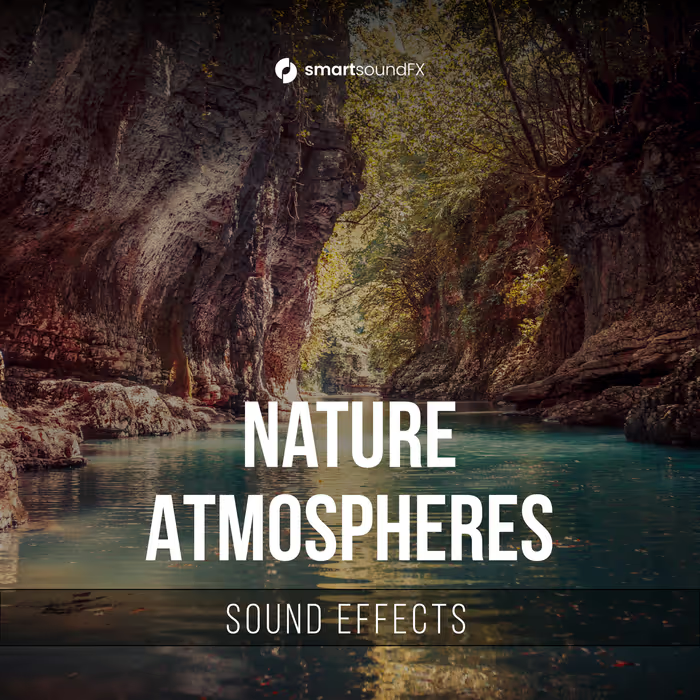Richard Gadd’s miniseries on Netflix, Baby Reindeer, is based on a true story. His personal story, in fact. Baby Reindeer was created and written by Gadd, who also plays the lead role of Donny Dunn – a bartender and aspiring comedian trying to find his way through a confusing, emotionally complex, and downright dark time in his life.
Baby Reindeer is not a docu-series; it’s a dramatic miniseries that Gadd aimed to tell in a realistic way. For the sound team – led by Emmy-winning supervising sound editor Matthew Skelding, sound designer Tom Jenkins, and Bafta TV Craft Award-winning re-recording mixer James Ridgway – this meant setting pub scenes with BGs that conveyed the place’s mundane vibe. Donny spends his days slinging drinks for polite patrons, and although the place is busy at times, it’s not a rowdy crowd. For Donny’s comedy performances, which are enthusiastic yet typically miss the mark, the sound team lets silence carry the weight of the audience’s reaction. They aren’t dying with laughter. In fact, they sometimes bear witness to Donny ‘dying’ on stage. Instead of punctuating that discomfort with off-stage coughs or mic feedback, the silence in those moments makes the bad jokes land like lead balloons. When Donny does get a laugh though, it feels all the more victorious because the tense silence is alleviated by laughter.
Here, Skelding (part of the SONA. sound collective), Ridgway (based at Picture Shop London), and Jenkins (co-founder of Audium Post) discuss the sonic challenges and opportunities to Gadd’s vérité approach to the show, and how they sound edited and mixed scenes to support the emotion in a way that felt truthful and real. They share specifics on crafting sequences like Martha’s voicemail montage in Ep. 7, Darrien’s sexual exploitation of Donny in Ep. 4, and more.
Baby Reindeer | Official Trailer | Netflix
When did you get started on Baby Reindeer and what were series creator Richard Gadd’s initial goals for sound? How did he imagine this series sounding, and did that vision evolve as you started working on the show?
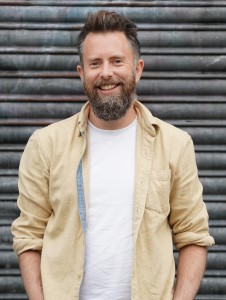
Matthew Skelding (MS): James and I interviewed for the project quite early with Matthew Mulot the producer and we were confirmed prior to the shoot.
I was in contact with Jake Whitelee (sound recordist) throughout as some of the comedy shows presented interesting challenges with on-screen playback stings, etc.
We received initial guidance in the spotting sessions from Weronika Tofilska (block 1 director).
Throughout the process, the creative team was very much a collaboration between Richard [Gadd], Weronika, and the producers at Clerkenwell Films. Whilst I don’t think there was a set clear brief on how it should sound, there was a lot of sound work done in the offline and it was always stressed that this was a real story, so it had to feel true and grounded in reality.
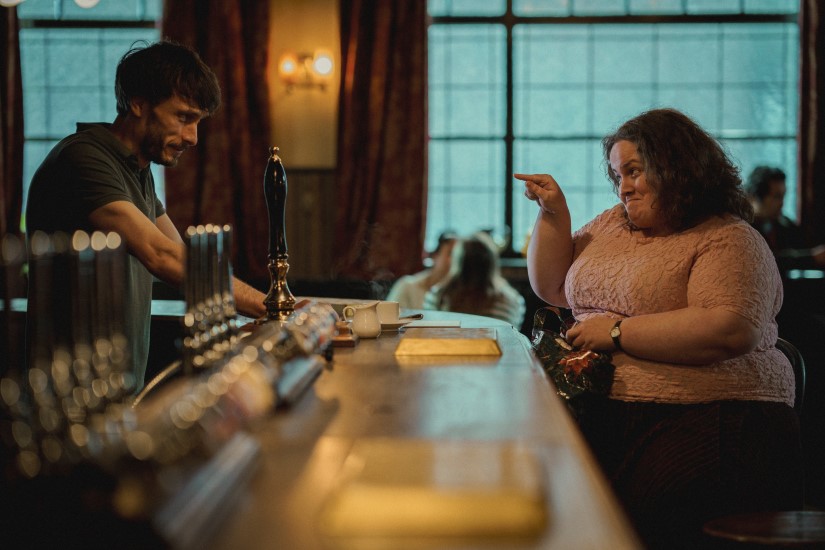
Donny Dunn’s life gets more complicated after his fateful encounter with Martha – how did you use sound to imply that Martha is trouble? How was sound used to support the increasing insanity of their ‘relationship’ to one another?
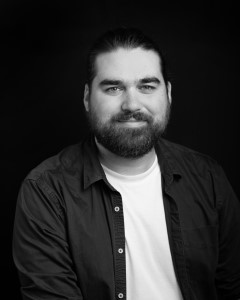
James Ridgway (JR): The canal scene in Ep. 2 felt like a turning point in the series. When Martha assaults Donny, we attach the sound of a passing train to this event, followed by all the atmospheres and backgrounds disappearing. This motif is then carried through the rest of the show, for example when Donny is feeling lonely and vulnerable, such as the end of Ep. 7. Very few atmospheres are present in the scenes, giving us a sense of his detachment from the world. The passing train also reappears as a constant reminder to Donny of the trauma he’s been through with Martha.
Tom Jenkins (TJ): The approach to the show evolved as we worked on it and began to show episodes to Richard and Netflix. The show has such a strong visual language. Initially, the idea was to match that and be bold with our approach and to make London a character in the show. Starting out, we really embraced that by morphing and heightening the natural BGs to create and build sound design moments and transitions.
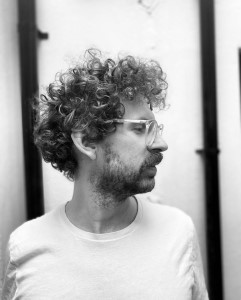
The challenge then became how to let that coexist with Donny’s voiceover, which anchors the show. The further we got into the sound design and editorial of the show, the more we realized that we needed to pare back what we’d done to let the weight of the dialogue land.
As James said, it became more about removing sounds, embracing the negative space, and being much more selective with our choices. That carried through to how we dealt with the relationship between Martha and Donny. It was about removing sounds and being selective with what we used. Trains are a go-to tool for sound designers in so many films and shows but for a good reason! They allow you to decouple the emotion of the sound from the thing that makes it and lets you score scenes, almost like having an incredibly unruly atonal orchestra at your disposal. We utilised trains a lot throughout; they become the soundtrack to Donny’s anxiety – train rhythms become heartbeats, rail squeaks his internal anguish, etc.
6 sound facts about Baby Reindeer:
Q: Who did the sound design and mix for Baby Reindeer?
A: The sound of Baby Reindeer was supervised by Matthew Skelding, who won an Emmy Award for his work on Netflix’s Black Mirror: ” USS Callister.” Sound design was done by Tom Jenkins, known for his work on HBO’s True Detective: Night Country. Additional sound effects editing was done by Gray Aletter. The mix was done by re-recording mixer James Ridgway, who won a Bafta TV Craft Award for the sound on HBO’s His Dark Materials.
Q: Who composed the music for Baby Reindeer?
A: The music for Baby Reindeer was composed by brothers Evgueni Galperine and Sacha Galperine, known for their scores on HBO’s The Undoing and Scenes from a Marriage.
Q: What was one important sound recorded on-set?
A: Production sound recordist Jake Whitelee captured the sound of the stage mics for the comedy performances during the shoot. These were key to making the performances feel ‘live’ and real in the show.
Q: How did the team design the sound of the voicemail montage in Ep. 7?
A: The voicemail montage in Baby Reindeer Ep. 7 is a combination of actress Jessica Gunning’s performance, Richard Gadd’s voiceover, sound designer Tom Jenkins’s environmental sound effects, and music. Gadd and Matthew Skelding spent many hours in the studio layering and pacing the montage, and then re-recording mixer James Ridgway found the perfect balance of the materials in the mix so that each element had its space sonically.
Q: What’s the most surprising story behind the sound of Baby Reindeer?
A: Since Baby Reindeer is based on Richard Gadd’s personal experience, he had to record a huge amount of very personal and emotionally intense material. A team of producers at Clerkenwell and director Weronika Tofilska guided Richard through the recording sessions. Often, an episode was split over two recording sessions so it wasn’t completely emotionally overwhelming.
Q: What was the most challenging aspect of the sound on Baby Reindeer?
A: The most challenging aspect of the sound on Baby Reindeer was finding the right balance of intense emotion and comedy, and doing so in a way that felt natural and true to life.
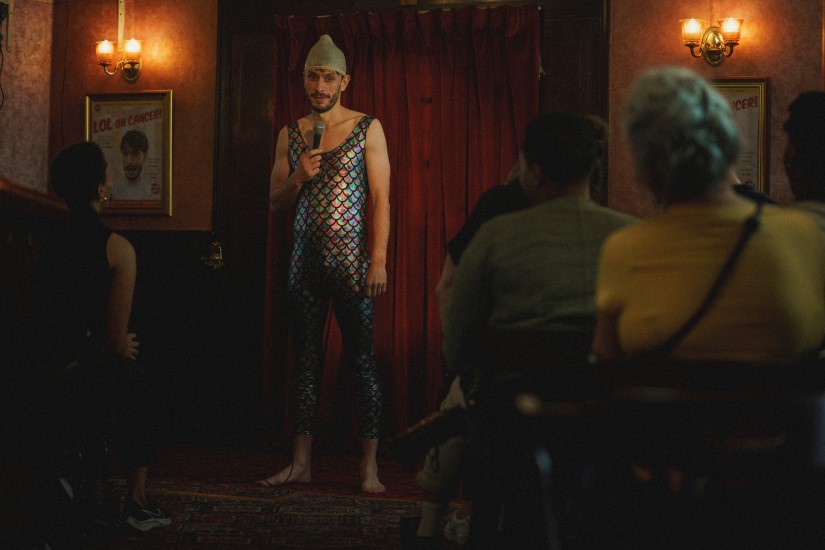
What was your approach to the sound and mix of Donny’s stage performances? How much were you able to pull from production – like, those playback stings, or his props? What about the sound of his voice through the speakers in the venues?
TJ: From a sound editorial perspective, it was about trying to help support the crowd reactions in the most natural way we could but always making sure we were sympathetic to the increasingly personal and brave nature of the performances.
If the show was going badly, he was met with silence…
MS: Richard felt very strongly that it had to be an accurate portrayal of what happens during the shows. Any sound cliche ideas (that we’ve all been guilty of using in the past), like the offscreen cough in an awkward pause, microphone feedback, etc., were quickly removed. If the show was going badly, he was met with silence, as he remembered it in real life, regardless of our sound editor instinct to fill the gaps.
JR: Very little PA was added in post. A lot of the real stage microphones were recorded and used. The Edinburgh pub PA was a bit more produced in post in order to cheapen the performance to feel more amateur.
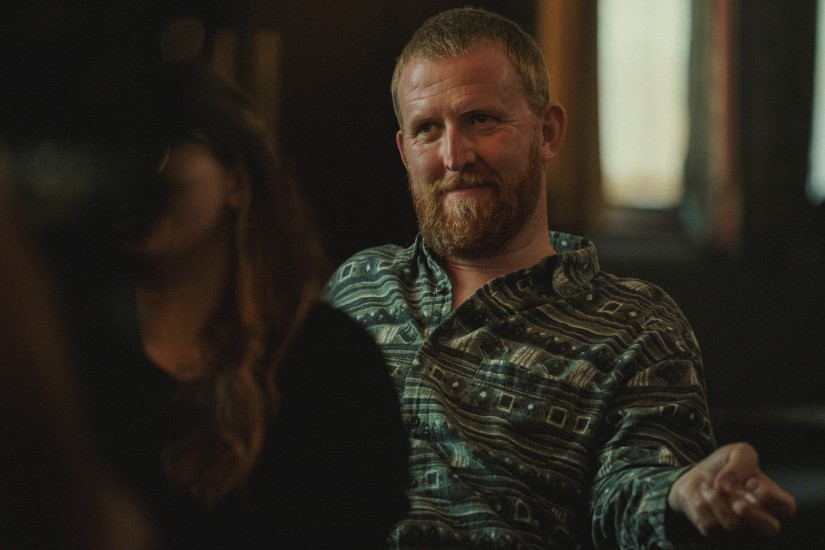
Donny meets Darrien and they go on days-long drug binges – how did you handle the sound and mix for these scenes? Also, these hangouts become predatory encounters that get increasingly more atrocious, culminating with the acid trip night in Ep.4. Can you talk about your sound and mix choices for this sequence?
TJ: As with everything in the show, it’s about ensuring that we’re treating the subject matter with the respect and care it warrants and making sure we’re supporting the emotional narrative in the most effective way possible.
It was about using natural sounds – sirens, shouts, brake squeals, etc. – that we manipulated to feel more dissonant to soundtrack Donny’s descent in the scenes.
The music is a huge driving force of the LSD scene. But throughout the increasingly more predatory encounters, we used the sound of London at night as our canvas to help subtly highlight the danger of the situation. It was about using natural sounds – sirens, shouts, brake squeals, etc. – that we manipulated to feel more dissonant to soundtrack Donny’s descent in the scenes. The London backgrounds became a mirror for the audience, a bit like the city itself was screaming for him to leave that room and never come back. In previous versions, this was a lot more apparent but was toned down to find a balance with the music, which was such a brilliant driving force of the scene.
JR: These scenes obviously had to be handled with immense care and thought. The music choices made by Weronika and Richard played a huge role in how these scenes end up. There is this incredible clash of Afrobeat and Avant Garde Jazz that accompanies Donny’s panic attack.
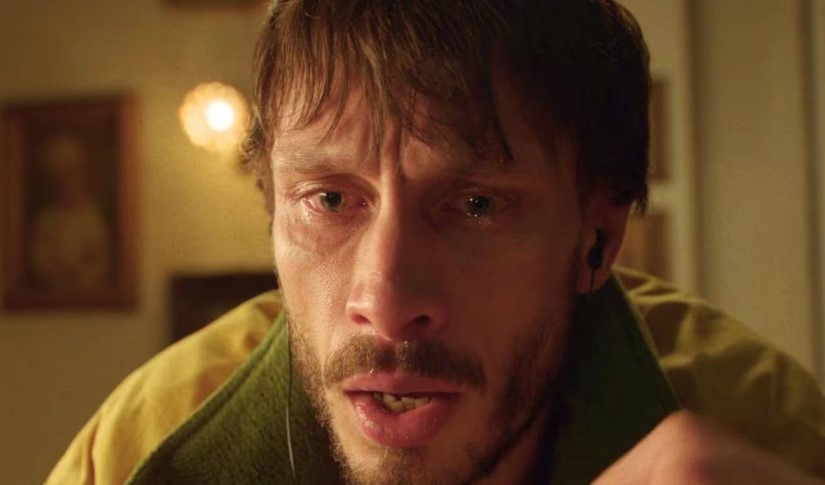
in Ep. 7, Martha’s voicemails become the soundtrack to Donny’s life. Can you talk about your approach to mixing that sequence – choosing environmental sounds to pop through the mix, balancing his voiceover with her voicemail voice, and balancing all that with music?
JR: This is personally my favourite sequence of the series, and so much credit must go to how it was crafted before the mix. The construction in the picture edit, the choice of music, and the barrage of voicemails recorded create a path in the mix for the sequence. It ended up being relatively straightforward. I particularly love how the sound effects complement the transitions between the different locations and how Martha’s voicemails intersect with Donny’s voiceover – her outbursts becoming more extreme and manipulated over the course of the sequence.
…we wanted to morph and twist real-world, natural, London-centric sounds into designed elements to propel us through the sequence.
TJ: It was a lot of fun to sound design! Transitions can be so important in montage sequences and we wanted to make sure we kept the energy up that was already present in the edit. As was the mantra for the show’s sound design, we wanted to morph and twist real-world, natural, London-centric sounds into designed elements to propel us through the sequence. We wanted to give James a big palette of bold sounds to work with and give him a tough job of trying to push them through the voiceover and Martha’s voicemails.
MS: It was fun to be able to help put this all together. In earlier scripts, the montage was much more prominent throughout the series. Since we started this before picture lock, we recorded a lot of material. From past experience, with sequences like this, you usually don’t get enough scripted material but Richard came incredibly well prepared with a huge amount of voicemails ready to go. Actress Jessica Gunning was incredible at performing each voicemail and giving us such a range of emotions. That allowed us to shape the montage. Richard and I spent many hours together in my studio layering and pacing the montage as he desired.
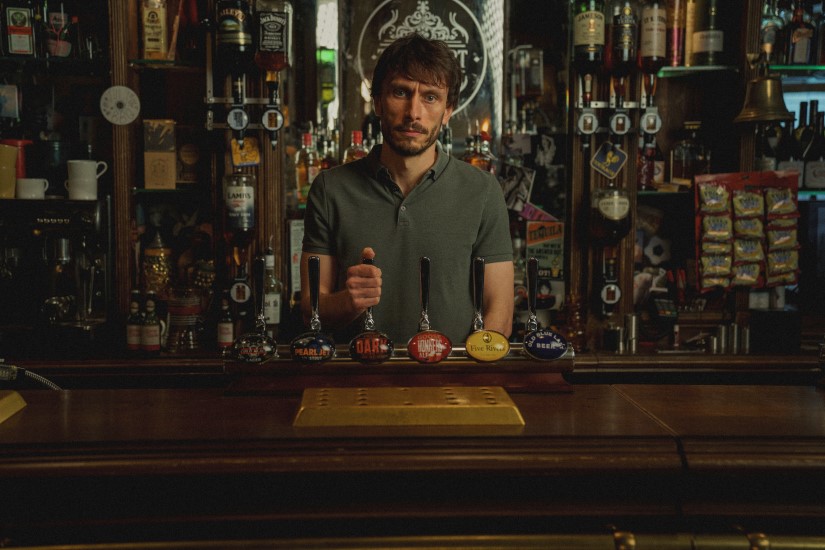
What was your biggest creative challenge in terms of sound editorial on Baby Reindeer?
MS: Recording such a large amount of material so emotionally connected to Richard was an interesting challenge. Throughout the process, we had a great team of producers at Clerkenwell, who, alongside Weronika, guided Richard through the sessions. We often split an episode over two record sessions so it wasn’t completely emotionally overwhelming.
Recording such a large amount of material so emotionally connected to Richard was an interesting challenge.
I’d then edit the VO in my studio, making selections before Richard and the team would join me. We’d then spend a couple of days per episode working through the performance and timing of each word, making selections and changes where necessary. Sometimes there’d be small re-writes/pickups that we’d record either at my studio or back in the next ADR session.
We’d run as much music and design as I had available at this stage, but then there’d be a final refinement in the mix when the completed music and design were available.
JR: Voiceovers in drama can often present challenges, but I think even more so for Baby Reindeer. It was such an intrinsic part of the show to get right. Occasionally, lines could be changed, removed, or added which could affect everything else in the mix too, so it was always important to be adaptive. We often found gaps and beats to fit VO around lyrics, sound effects, or transitions, so any changes to the script would have a ripple effect.
Voiceovers in drama can often present challenges, but I think even more so for ‘Baby Reindeer.’ It was such an intrinsic part of the show to get right.
The commercial music choices were also fantastic, but again these might change throughout the process so it’s paramount to hit the same picture beats with what might be a completely different song. I always recommend having instrument versions of songs available to the mix; it can make all the difference when balancing dialogue over music.
TJ: It was definitely making sure the power of the VO was kept intact, and trying to design and edit aorund VO whilst not losing too much detail and interest in the sound design.
But the toughest challenge was making sure we were true to the tone of the show. It’s such a unique show with a unique and personal voice behind it. It develops into a depiction of the all-encompassing effects of these two interwoven cycles of trauma. But even at its darkest, it is still punctated with moments of light and humor. It keeps you on your toes as a sound editor because if you’re not careful with sound choices and placement, it can lean too much in either direction and undercut the effectiveness of the scenes!
Gray Aletter was our other Sound Effects Editor on the first few episodes and he did a great job early on experimenting and pushing and pulling scenes around to find our limits so we knew what our sandbox was for the rest of the series.
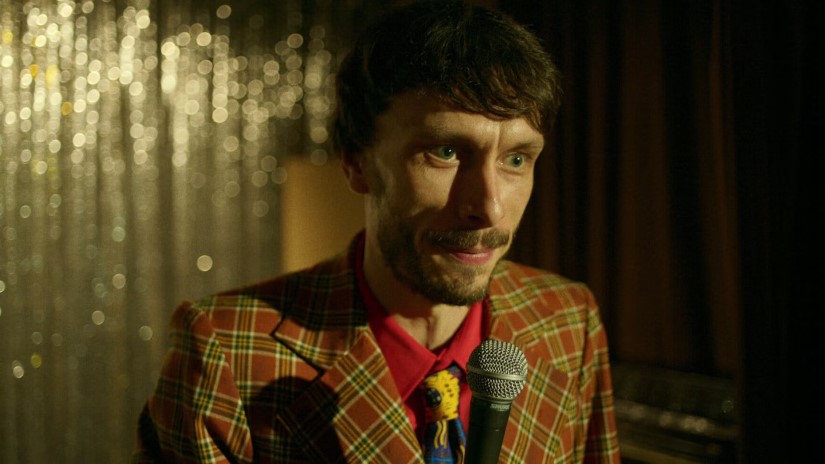
What was the most challenging episode in terms of mix?
JR: Ep. 4 was a tough episode to work on and get right, but I’m immensely proud of the end result and what the show has achieved. It feels like this show has made an incredible impact on the world, but it’s also got people talking about topics that previously felt too taboo. It’s fantastic to be a part of that.
MS: Ep. 4 was a challenge as you’re watching it endlessly, and it’s incredibly traumatic, but you want to make sure you do it justice.
Ep. 1, as with many series, dictated the style so getting that right was a bit of a balancing act.
…we wanted to use the handheld on-stage microphone as much as possible as it sounded very real. But there was an incredible amount of wind/popping on the mic.
The breakdown scene at the end of Ep. 6 presented a challenge for our dialogue editing team, Nina Norek and Milos Stojanovic. Richard’s performance is so perfect and we wanted to use the handheld on-stage microphone as much as possible as it sounded very real. But there was an incredible amount of wind/popping on the mic. If they’d have removed it all I think we’d have lost a degree of authenticity, so the challenge was to remove enough that the audience hears every word and is drawn in yet not lose the immediacy. I think they did a great job.
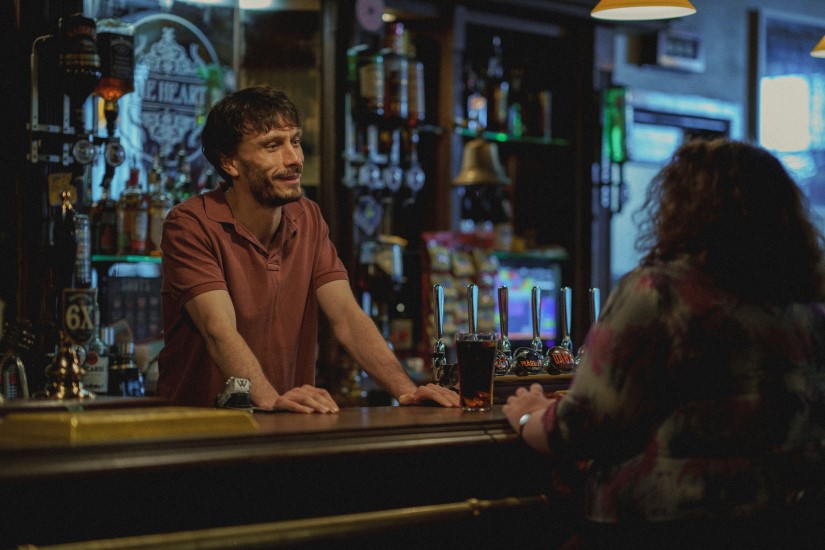
What was unique about your experience of creating/mixing the sound of Baby Reindeer?
MS: I don’t think I’ve ever worked with a writer who is so emotionally connected to a project. It was an amazing privilege and I’m in awe of Richard for being able to make it.
…great credit needs to go to both our mixers Jake (location) and James (re-recording) and also to our foley team led by Barnaby Smyth.
From a sound perspective, the tricky balance between the horror of the story (conveyed in the design and the visuals) and keeping the sound truthful and real was the biggest challenge. In doing this, great credit needs to go to both our mixers Jake (location) and James (re-recording) and also to our foley team led by Barnaby Smyth. Barnaby consistently delivers incredibly real and mixable foley that can hold everything together. It’s quite often the unsung department, but without his great foley, the mix wouldn’t have been as successful as I think it is.
A big thanks to Matthew Skelding, James Ridgway, and Tom Jenkins for giving us a behind-the-scenes look at the sound of Baby Reindeer and to Jennifer Walden for the interview!

